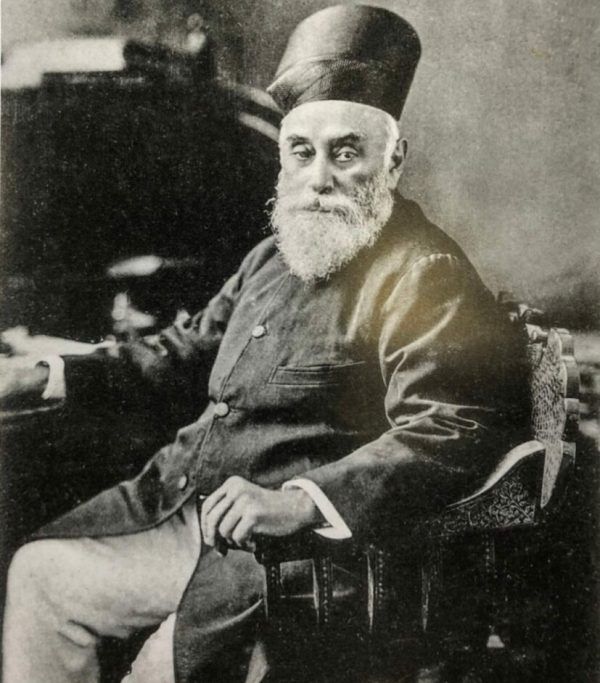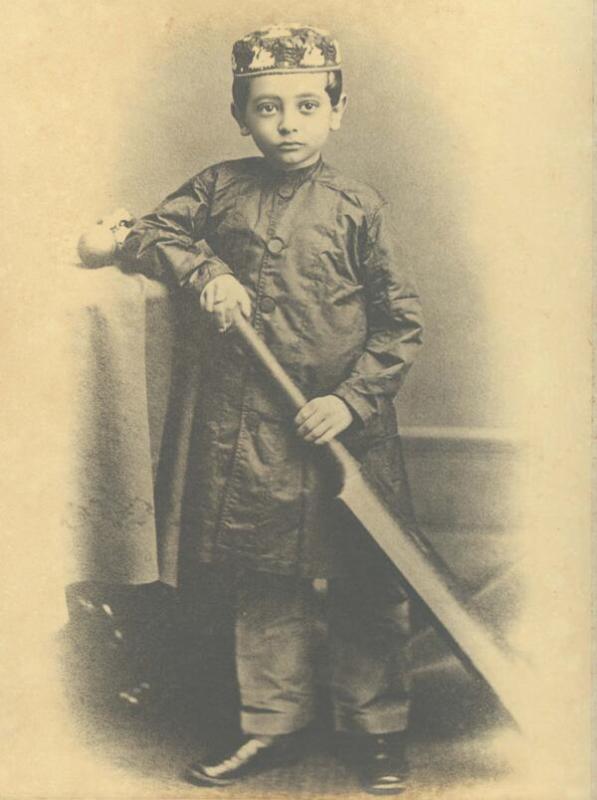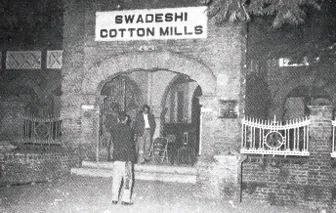Jamsetji Tata Age, Death, Caste, Wife, Children, Family, Biography & More
Quick Info→
Age: 65 Years
Caste: Parsi
Wife: Hirabai Daboo
| Bio/Wiki | |
|---|---|
| Full name | Jamsetji Nusserwanji Tata [1]Tata |
| Profession(s) | • Businessman • Philanthropist |
| Titles earned | • Father of Indian Industry [2]Tata • Man of Steel [3]Tata • One Man Planning Commission [4]Tata |
| Career | |
| Founder | In 1874, he founded Tata Group by setting up Empress Mills in Nagpur [5]Think School – YouTube 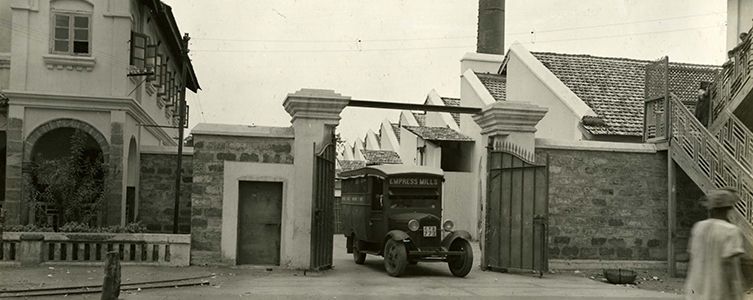 |
| Personal Life | |
| Date of Birth | 3 March 1839 (Sunday) |
| Birthplace | Navsari, Gujarat, India |
| Date of Death | 19 May 1904 |
| Place of Death | Bad Nauheim, Germany |
| Age (at the time of death) | 65 Years |
| Death Cause | Chronic Illness |
| Burial Site | Brookwood Cemetery in Woking, England  |
| Zodiac sign | Pisces |
| Nationality | Indian |
| Hometown | Navsari, Gujarat |
| College | Elphinstone College, Bombay |
| Educational Qualification | He graduated from St. Elphinstone College in 1859. [6]Tata |
| Religion | Zoroastrianism |
| Hobbies | Reading books, scriptures, and novels |
| Relationships & More | |
| Marital Status | Married |
| Family | |
| Wife | Hirabai Daboo |
| Children | Sons- 2 • Dorabji Tata (businessman) • Ratanji Tata (businessman) 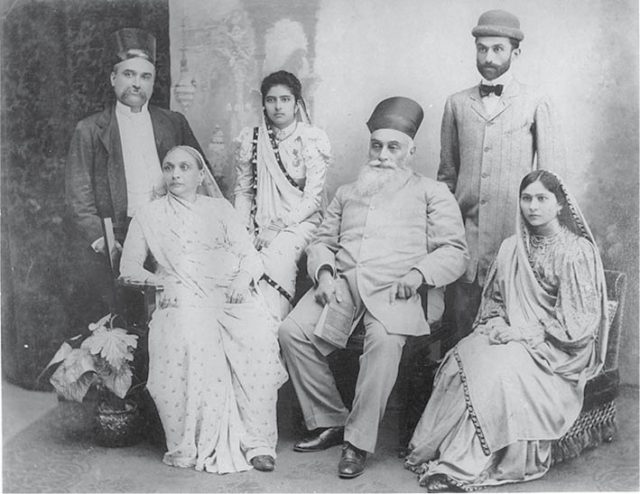 |
| Parents | Father- Nusserwanji Tata (businessman) Mother- Jeevanbai Tata |
| Siblings | Sister- 4 • Ratanbai Tata • Maneckbai Tata • Virbaiji Tata • Jerbai Tata |
| Family Tree | 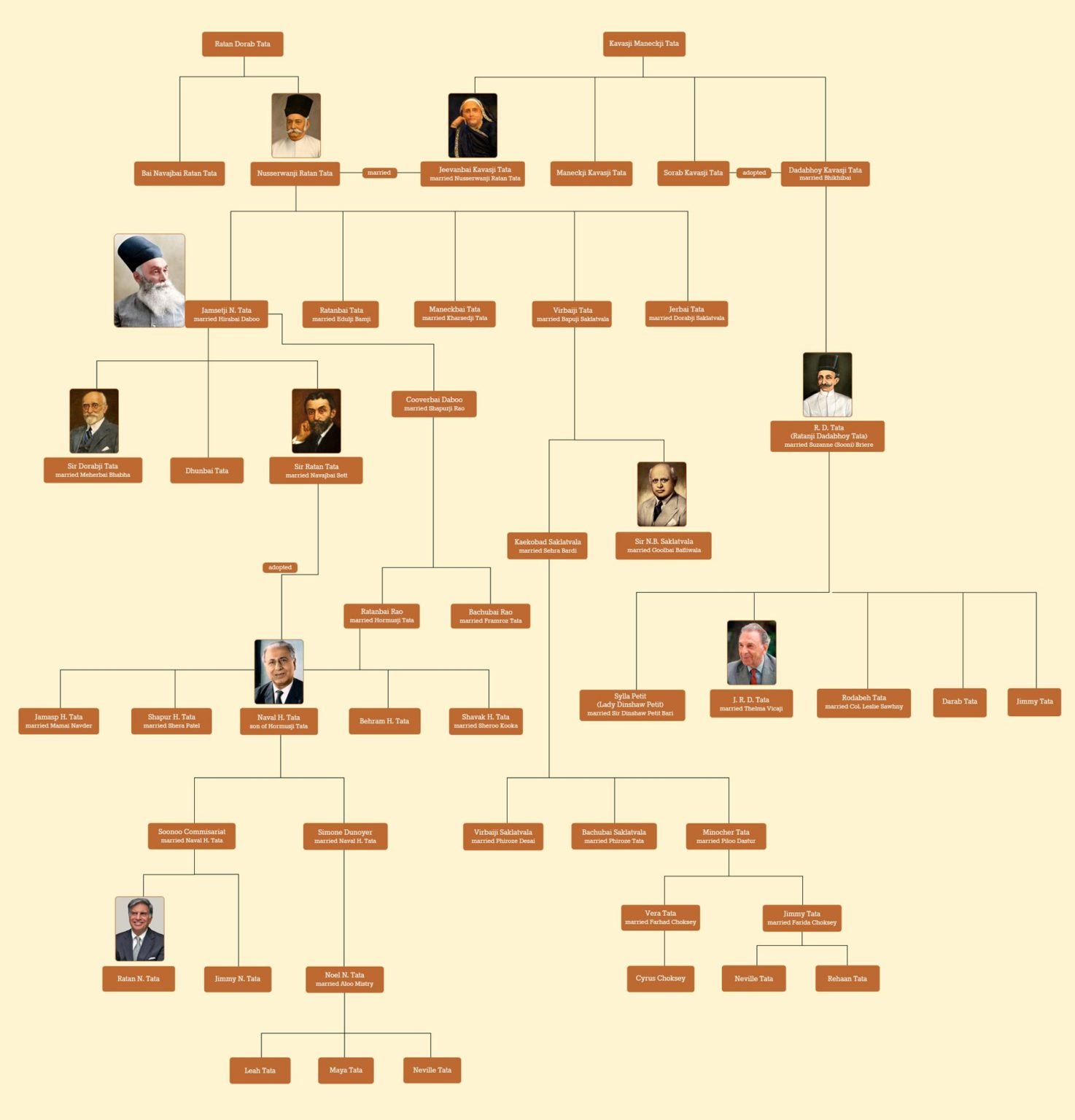 Note: To know more about the Tata family, read our Tata Family Tree post. |
Some Lesser Known Facts About Jamsetji Tata
- Jamsetji Nusserwanji Tata was an Indian entrepreneur, and industrialist. He was the founder of the Tata Conglomerate who is known as the father of Indian Industries. [7]Tata He was a big-hearted businessman who was also a patriot, philanthropist, entrepreneur and builder. He was way ahead of his time and came up with labour welfare policies and practices that won millions of hearts. He commenced the first steel project in the country and founded the city of steel, Jamshedpur. [8]The Hindu He was the top-ranked philanthropist of the 20th century who is still recalled for his philanthropical works. [9]The Economic Times
- While growing up in a family of businessmen, Jamsetji Tata took interest in the family business at an early age.
- In 1858, there was a huge increase in demand for cotton in India. In the same year, Jamsetji joined the export trading business in Bombay. He worked in his father’s firm and helped him expand business in foreign countries. He helped him set up branches in China, Europe, Japan, and the United States. While on his trip to Hong Kong, he noticed the boom in the textile industry and decided to step in. [10]Think School – YouTube
- Jamsetji was just a student when he got married to Hirabaai Daboo. He was only 16 years old at the time of his marriage, and the couple went on to have two sons. Their elder son was Dorabji Tata, and the younger one was Ratanji Tata. [11]Tata Central Archives
- In 1869, Jamsetji ventured into the cotton textile business. For this, he bought a bankrupt oil mill in Chinchpokli, South Mumbai. He converted it into a cotton trading mill named Alexandra Mills. This venture became profitable in a year, and later he sold it for a profit to a cotton merchant. [12]TATA
- In 1874, he established his own textile manufacturing unit in Nagpur. He faced immense criticism from industry players but still remained determined to his plan. He chose Nagpur because it was located in a cotton-producing district, and this made it easy for him to source raw materials for textile production. For exporting the raw material, he relied on the newly developed railway network in India. These were his conscious choices that made Empress Mills a big success. [13]Think School – YouTube
- He had four dreams that he wanted to fulfil in his lifetime: Building a leading hotel, setting up an ironworks and steel company, laying the foundation of a best in the class institute, and setting up a hydroelectric plant. One of his dreams that he fulfilled was building a leading hotel. This hotel was built in South Mumbai and inaugurated as Taj Mahal Palace Hotel on 3 December 1903. [14]The Taj Mahal Palace
- In 1901, Jamsetji commenced planning his second venture with his sons. This project was India’s first Ironworks project, which is now known as Tata Steel. However, he could not realize this dream as he passed away in 1904. Later, his sons set up this project in Sakchi, Jharkhand. This region is now known as Jamshedpur. The city of Jamshedpur is also called Tatanagar after Jamsetji Tata. [15]Tatanagar
- Jamsetji Tata initiated a series of welfare practices and programmes for his workforce. He was way ahead of his time and was the first industrialist to implement labour protection policies. He introduced free medical aid for his workers, came up with highly ventilated workplaces, reduced working hours, started a creche for working women, and introduced events like sports day. [16]TATA
- He was the first businessman to come up with gratuity plans and provident fund schemes for his employees’ welfare. In 1886, he came up with a pension fund to provide for the welfare of his workers even after retirement. In 1895, when the industrial world was dominated by slavery and ill-treatment practices, Jamsetji introduced accident compensation to cover for any mishappening that might emerge at work.
- He was a pioneering industrialist who donated generously and made a total donation of US $102.4 Billion, which is quite higher as compared to the renowned philanthropists of the 21st century. [17]NDTV
- Jamsetji Tata went on a business trip to Germany in 1900 during which he became ill. He was 65 years old when he died in Bad Nauheim, Germany on 19 May 1904. He was buried in England at the Brookwood Cemetery in Woking. [18]Tata Central Archives
- He was the businessman who installed the first fire sprinklers and humidifiers in India and supported the development of the bubonic plague vaccine and took a dose himself. [19]TATA
- He was a patriot who supported the Swadeshi movement. In 1886, he created a mill named Svadeshi Mill to support this movement. [20]TATA
- He founded Tata Steel, which helped in the construction of many iconic infrastructure developments in India including the Howrah Bridge of Kolkata and the Sea Link of Mumbai.
- In 1915, Sir Dinshaw Edulji Wacha published the first biography of Jamsetji titled Life and Life Work of J.N. Tata. His second biography was written in 2006 by R.M. Lala and was published as the love of India: The Life and Times of Jamsetji Tata.
- His textile mill is credited to have discovered the famous Mysore silk through his sericulture experiments.
References/Sources:


